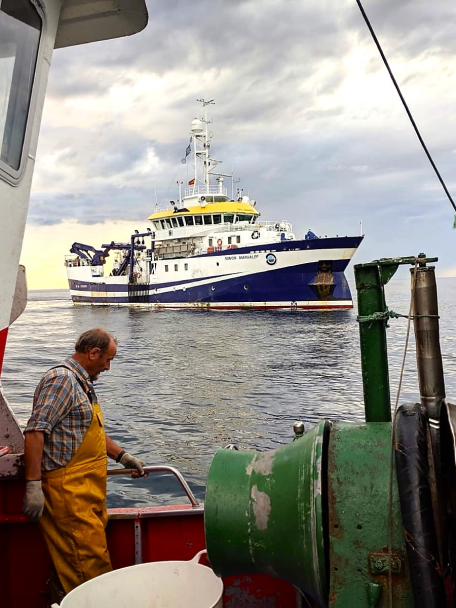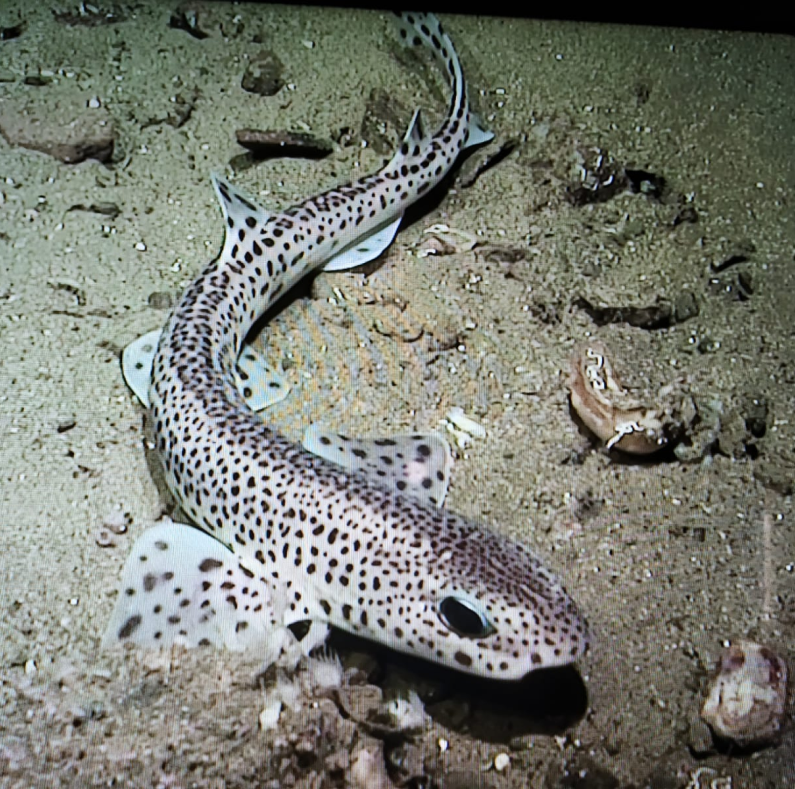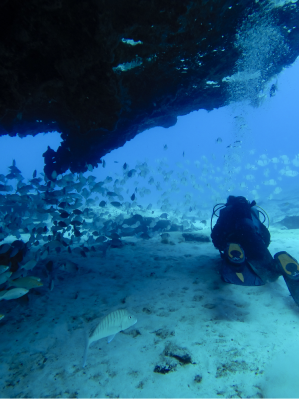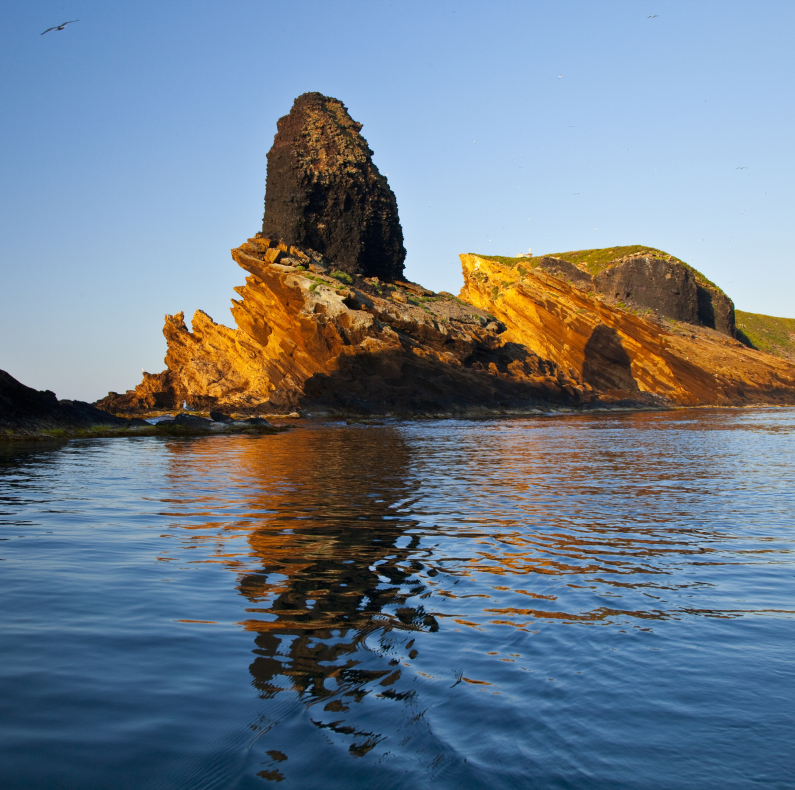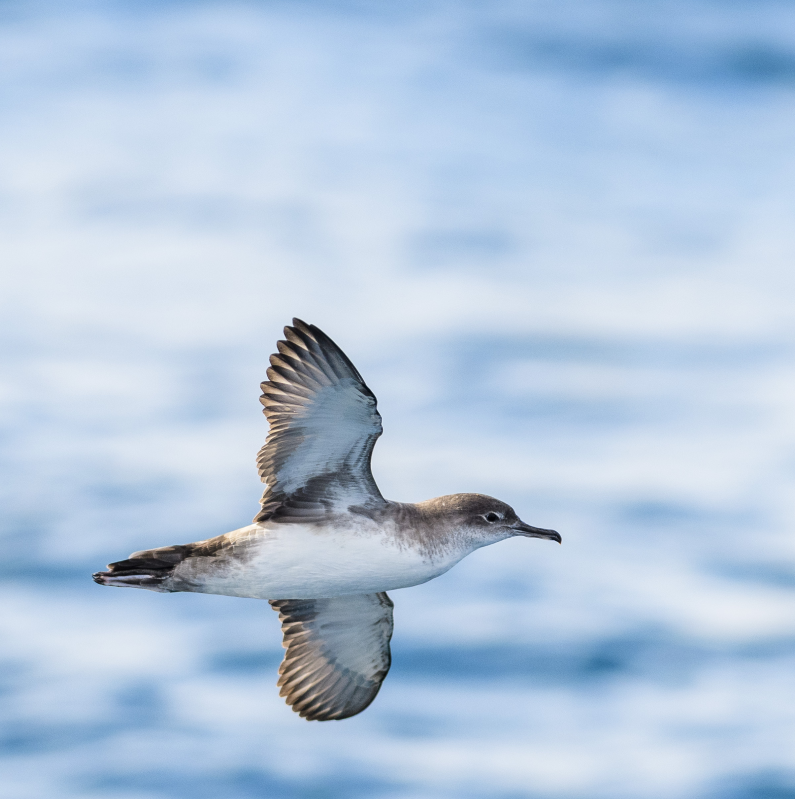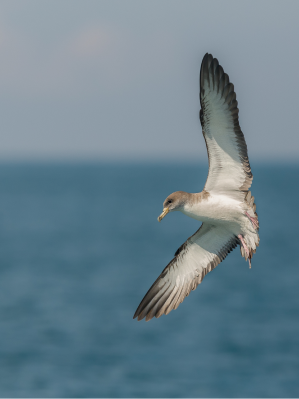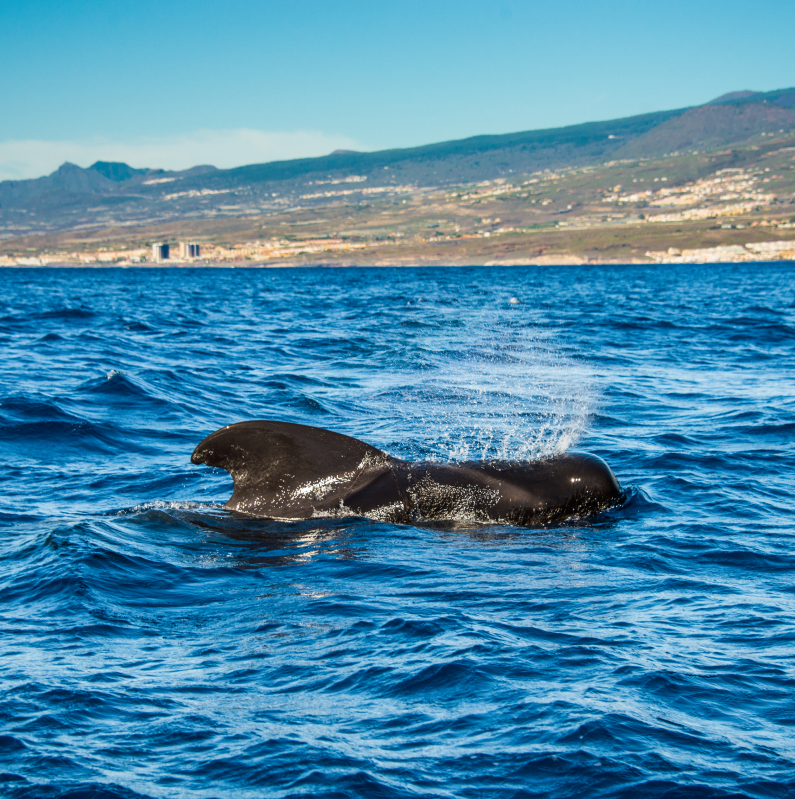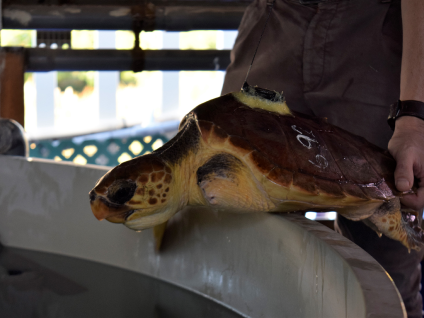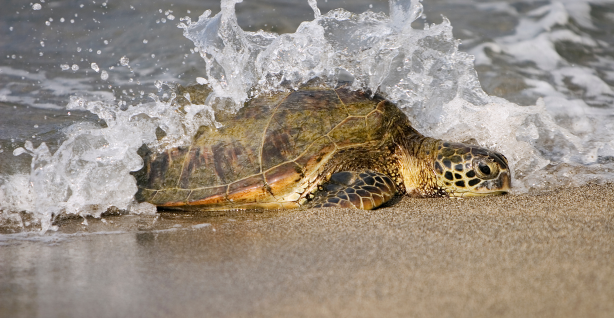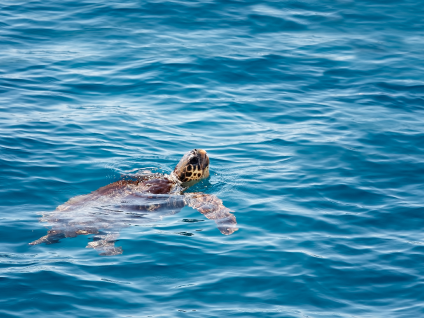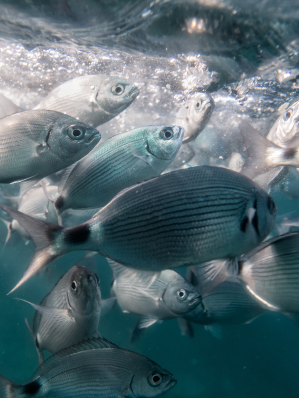An analysis of the Natura 2000 network’s suitability has been conducted. It identifies areas of high ecological value that could be protected to meet the Government’s marine conservation objectives.
This proposal is based on a broad scientific consensus and has been developed using a methodology pioneered in Europe. The document, prepared by over 150 experts from 65 research organisations, identifies:
- There are 104 sites that hold high ecological value, with 71 being important for marine species and habitats, and 33 being of interest for seabirds.
- It also identifies 35 areas in which knowledge needs improvement.
Based on this, MITECO has developed a proposal for sites that should be protected, considering ecological and socio-economic factors. As a result, seven high-value sites have been identified and are in the process of being declared as protected areas. This will increase the protected marine area by 8.7%. The proposal should include the seven areas that have been scientifically studied within the framework of LIFE INTEMARES. This addition would increase the marine protected area in Spain to almost 25%, with one of the areas overlapping with the previous group.
Simultaneously, updates have been made to the Master List of Marine Species, which serves as a reference for the species found in Spanish waters. The list currently contains over 14,000 references. To aid in the management of marine habitats, a standardised nomenclature has been developed for the communities identified during oceanographic research campaigns. This allows for the grouping of communities into different categories of habitats of Community interest as defined in European legislation (Habitats Directive). The aim is to simplify the complexity of the marine environment.
